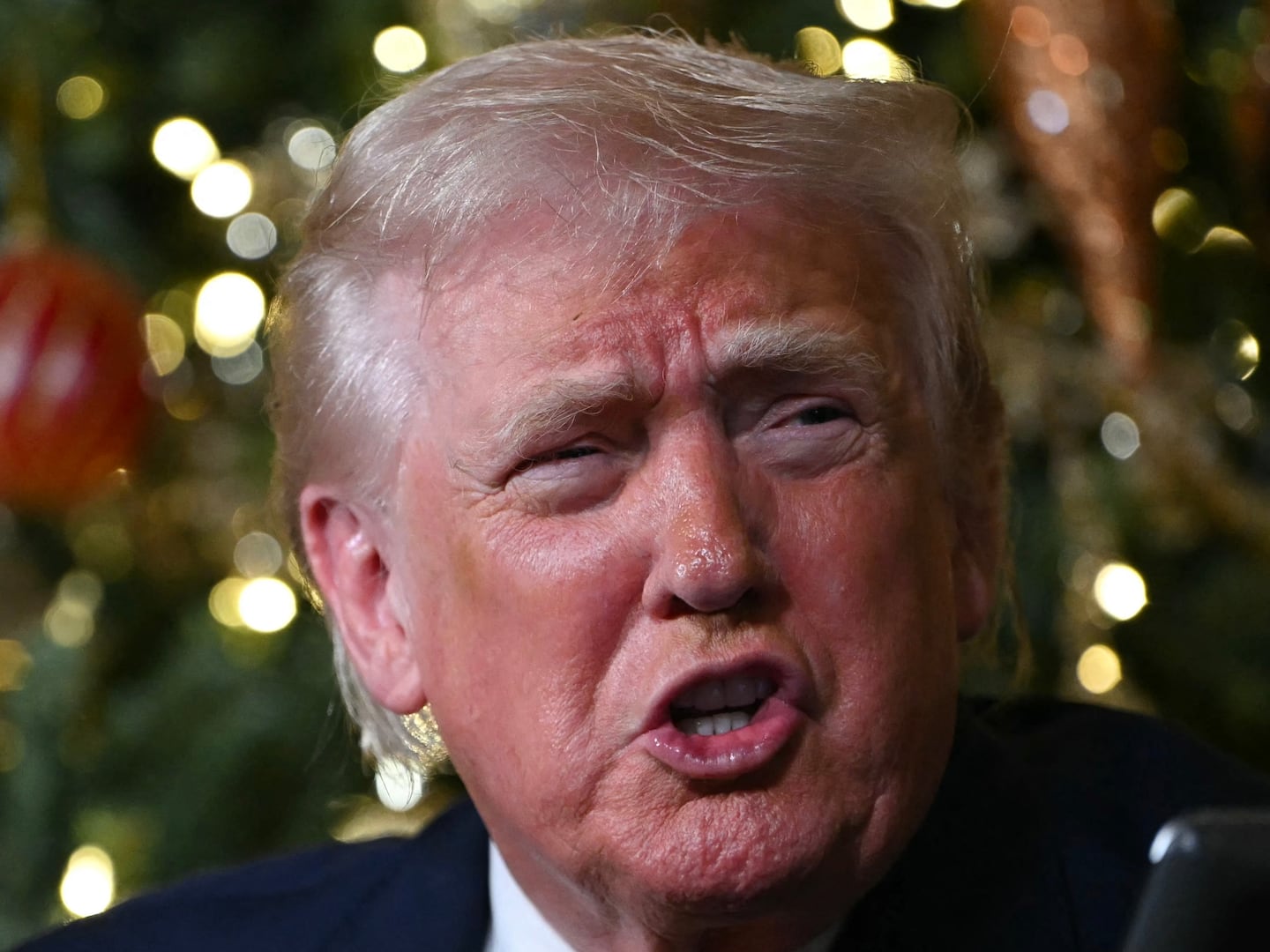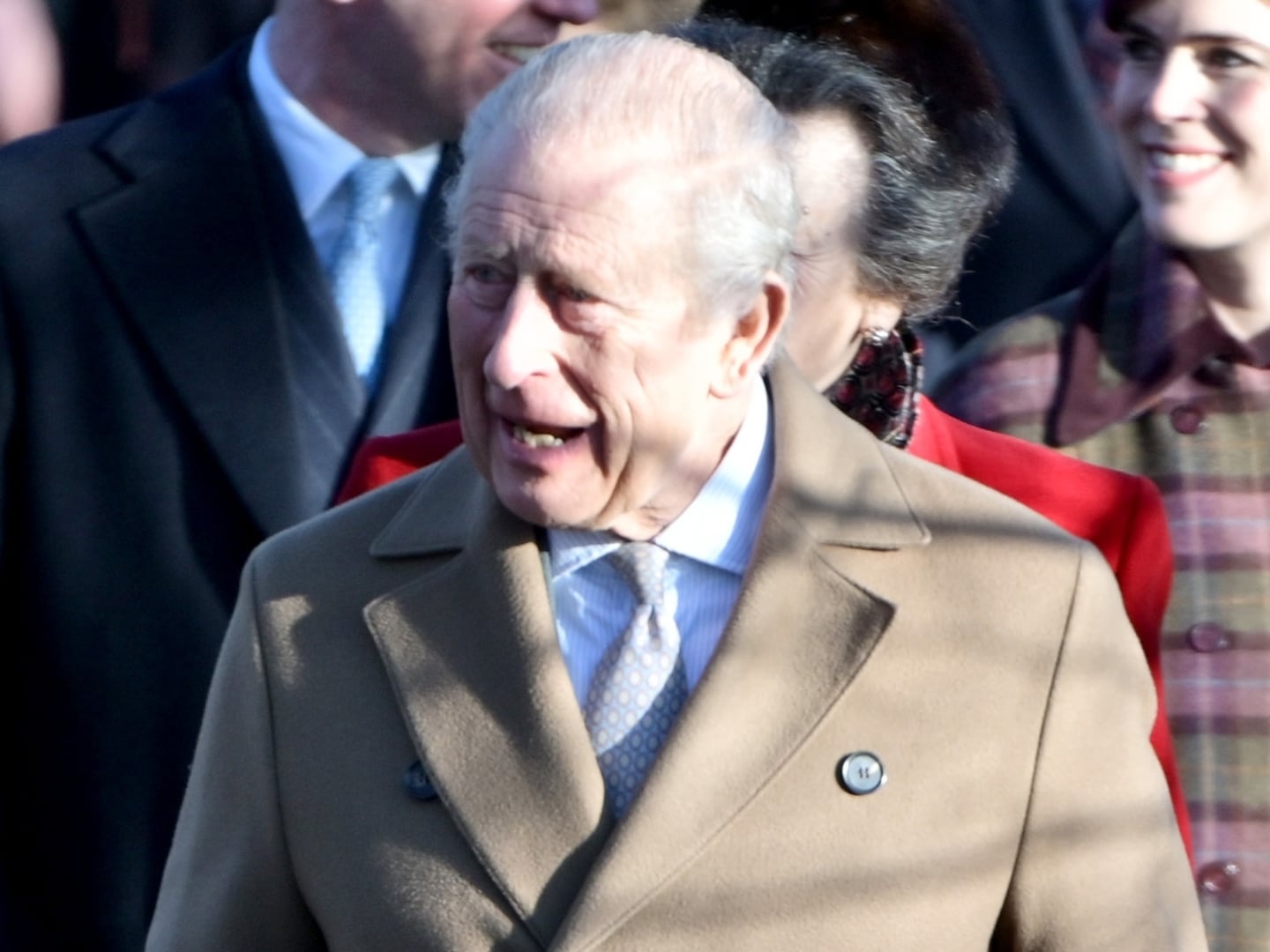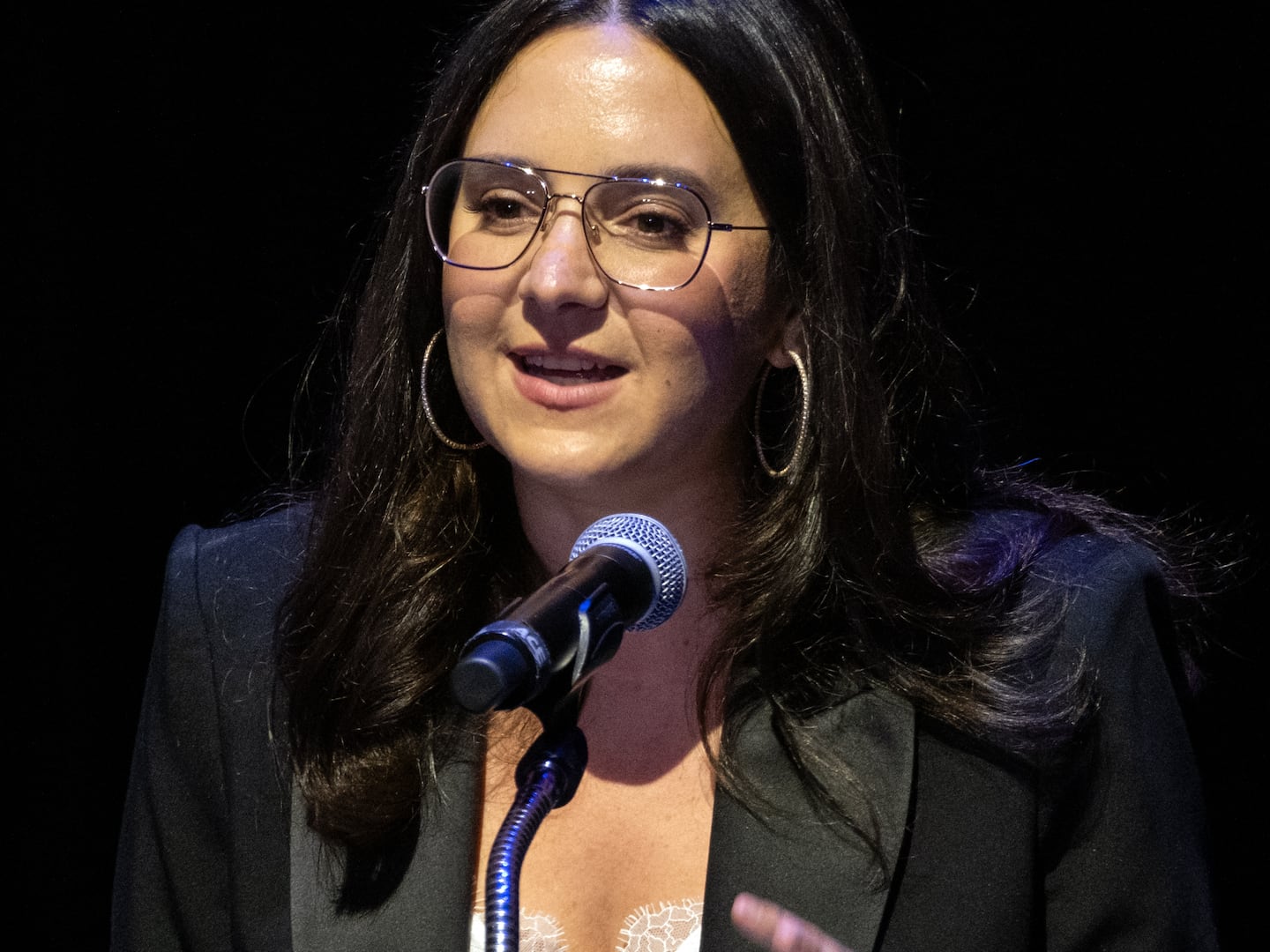Here’s something that happened in this election that has been largely overlooked but I think is a very big deal indeed. Trickle-down economics died last Tuesday. The post-election chatter has been dominated by demographics, Latinos, women, and the culture war. But economics played a strong and even pivotal role in this election too, and Reaganomics came out a huge loser, while the Democrats have started to wrap their arms around a simple, winning alternative: the idea that government must invest in the middle class and not the rich. It’s middle-out economics instead of trickle-down, and it won last week and will keep on winning.

You know the history. Arthur Laffer sketched out his famous curve—whether on a napkin or not is apparently still debated—back in 1974, when the top marginal rate was 90 percent. There is a certain point, Laffer explained, at which rates decrease revenue. Since many of the people to whom he was doing this explaining found themselves to be in or near the top bracket, quite naturally they liked his theory a lot.
Up sprang the nonprofits devoted to getting the little people to buy in to the idea that taxes on the wealthy should be lowered, and soon enough supply-side economics was born. Along came Ronald Reagan to assure everyone that the rising tide would lift all boats. It’s never happened quite the way conservatives said it would. Even during the general prosperity of the second Reagan term, income inequality began to expand dramatically, wage stagnation became a permanent feature of American life, and the immiseration of the poor worsened.
So supply side’s first shot at governance was at best half a success. Then came the second go-round under George W. Bush, and this of course was an unmitigated disaster. You know the details on that. But as catastrophic as the Bush era was, the fear has always existed that people would vote to go back to that. After all, it’s pretty hard to turn down a 20-percent tax cut, right?
Actually, it turned out that most voters were able to turn it down. Mitt Romney was offering people a bigger cut than even Bush had. It was the centerpiece of his campaign, as it had been of Bush’s, and it was the central policy issue of this campaign in a way that Bush’s tax proposal wasn’t in 2000. In other words, if there was a single policy issue on which people voted this time, it was tax policy—whether everyone should get a massive cut (Romney), or whether the middle class should be held harmless and the wealthy should pay more (Barack Obama). It’s impossible to imagine a way in which the choice could have been clearer. And it’s hard to imagine the voters’ response being much clearer, either.
Supply side was rejected. And in its place, voters went for an economic vision that says: don’t invest in the wealthy in the hope that they’ll decide to spread the wealth around; invest in the middle class, because it’s demand from a prosperous middle class that ultimately creates more jobs, and because doing that makes for a healthier society all the way around. Obama embraced this message late last year in his speech in Kansas, and even though I wouldn’t say he pressed it consistently for a whole year, he certainly emphasized it in the second debate and spoke regularly about it toward the end. “I believe you grow the economy from the middle out,” he said in a key October ad.
He did not originate the phrase. Writing in The New York Times in July, Nick Hanauer and Eric Liu, authors of The Gardens of Democracy, wrote: “Lasting growth doesn’t trickle down; it emerges from the middle out.”
A whole cohort of progressive economists and activists has been at work on middle-class economics since 2009. Robert Reich has been there, as have Hanauer and Liu and the Center for American Progress, especially Heather Boushey and David Madland. I’m proud to add that the journal I edit, Democracy, has been in on this crusade too. Hanauer and Liu are advisers to the journal, and in our Spring 2011 issue Madland wrote the first long piece to appear on middle-class economics.
Well, it takes a village, as they say. But middle-out economics is still in formation. It will be up to Obama, those named above, and others to provide more definition over the course of a second term. But even if that isn’t yet fully clear, this is: trickle-down economics is over. There was a time when a promise of a 20-percent tax cut would have ended the whole conversation in Romney’s favor. But all it accomplished this time was to raise questions—legitimate and never answered—about how he was going to pay for it. Romney had nothing to say to the middle class beyond cutting taxes and watching the magic happen. But voters have stopped believing in that magic.
Some conservatives understand this. But it’s literally three or four people right now—Ramesh Ponnuru, Ross Douthat, Reihan Salam, and maybe one or two others. The rest of the Republican Party is still in fantasy land. You may have seen a few days before the election that Mitch McConnell killed a Congressional Research Service report on taxes. Its offense? To assert that lowering top tax rates doesn’t necessarily produce more revenue and growth.
That’s Republican theology. Some time will be needed before any reformation is accepted. But as far as the voters are concerned, that god is dead.






